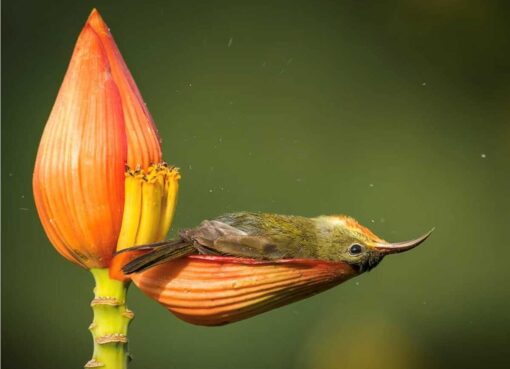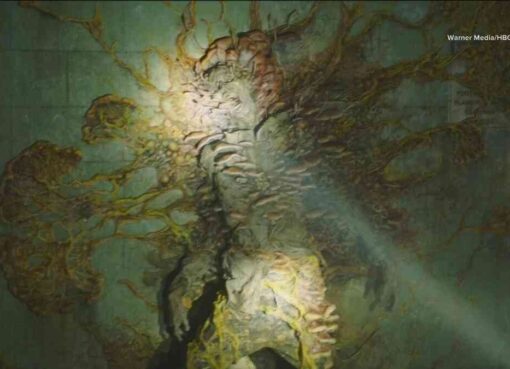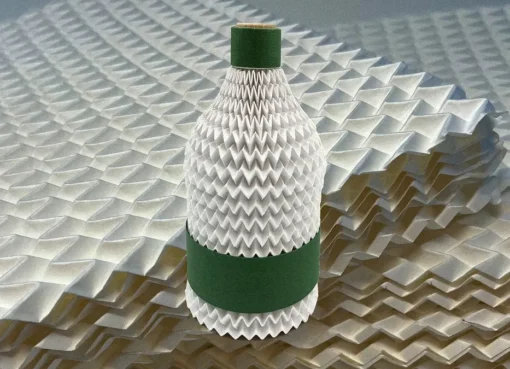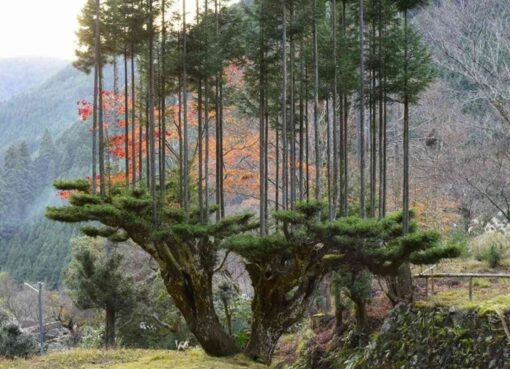Is it a leaf or a living creature? You wouldn’t know just by looking at it! Elysia chlorotica is a small, green sea slug with a mind-bending secret: it can make its own food from sunlight. Yes, you read that right—an animal that behaves like a plant!
A Solar-Powered Super Slug
What’s the magic behind this solar-powered feat? It all starts with chloroplasts—the structures in plant cells that capture sunlight and turn it into energy through photosynthesis. Normally, animals don’t have chloroplasts, but Elysia chlorotica found a loophole.
This clever slug feeds on algae, particularly a type called Vaucheria litorea. When it munches on its meal, it doesn’t just digest the algae like other sea creatures. Instead, it steals the chloroplasts and incorporates them into its own body cells. Bit by bit, this ordinary slug becomes a solar-powered wonder.
The Evolution of a Solar Slug
After accumulating enough chloroplasts, Elysia chlorotica transforms. It no longer depends entirely on food for energy; it can survive on sunlight, just like a plant. When meals are scarce, it switches to photosynthesis, using the stolen chloroplasts to generate its own energy. This incredible adaptation blurs the lines between animal and plant life.
Scientists call this phenomenon kleptoplasty, which literally means “stealing plastids.” It’s a rare trick in the animal kingdom, and Elysia chlorotica is one of the few known creatures that can do it.
A Mystery of Nature’s Ingenuity
Even though we know how Elysia chlorotica harvests chloroplasts, one big question remains: How does it keep them working for so long? Normally, chloroplasts need support from a plant’s genes to function, but this slug manages to keep them running for months without direct genetic control. Researchers are still studying this marvel to uncover the secrets of its solar-powered survival.
Why It Matters
The story of Elysia chlorotica isn’t just fascinating—it challenges how we think about life. It’s a reminder that nature doesn’t always follow the rules. Animals don’t usually photosynthesize, but this slug found a way. What other surprises does the natural world hold?
Next time you think about evolution’s boundaries, remember the slug that turned itself into a solar panel. Elysia chlorotica proves that life is more adaptable, more mysterious, and more magical than we can imagine.







